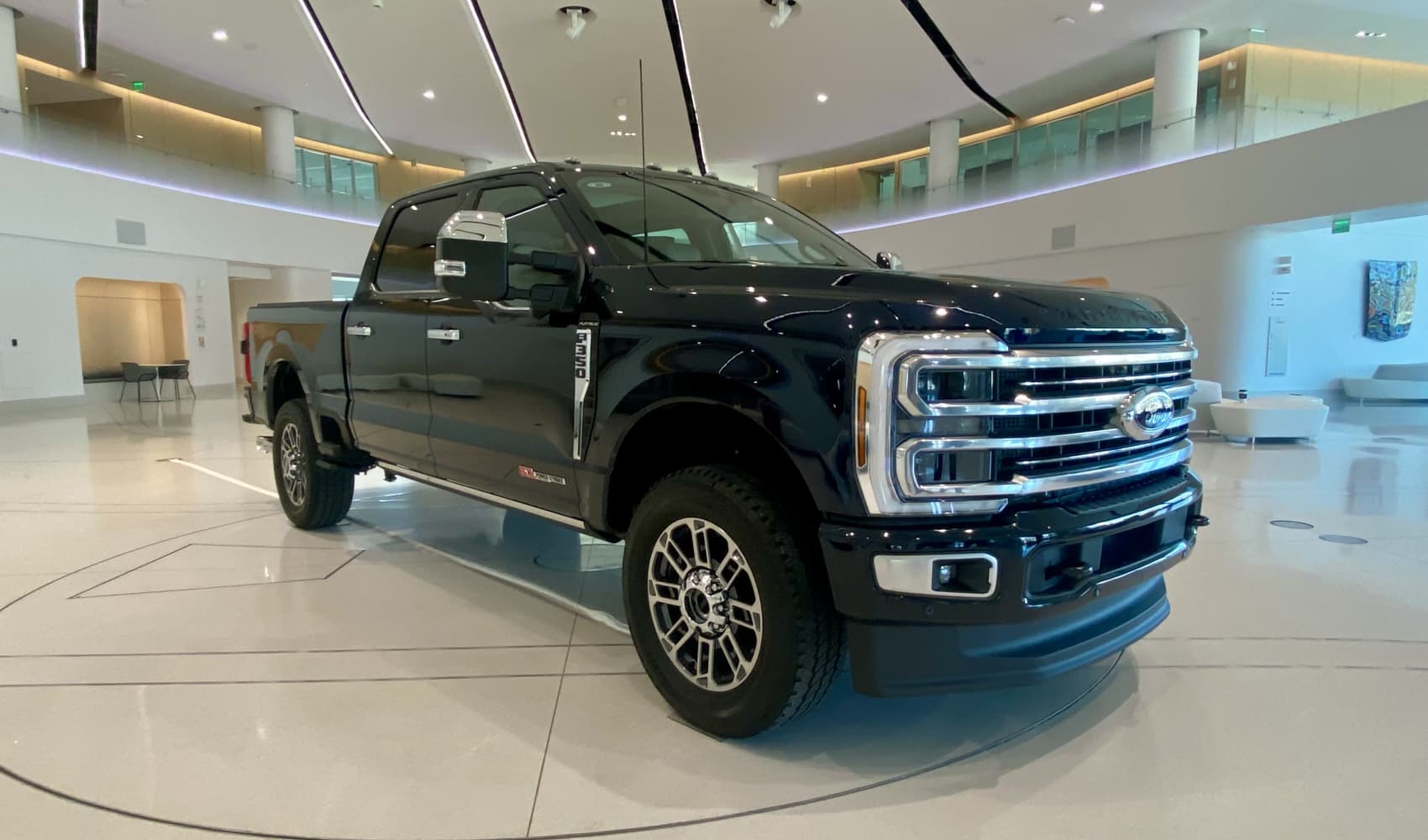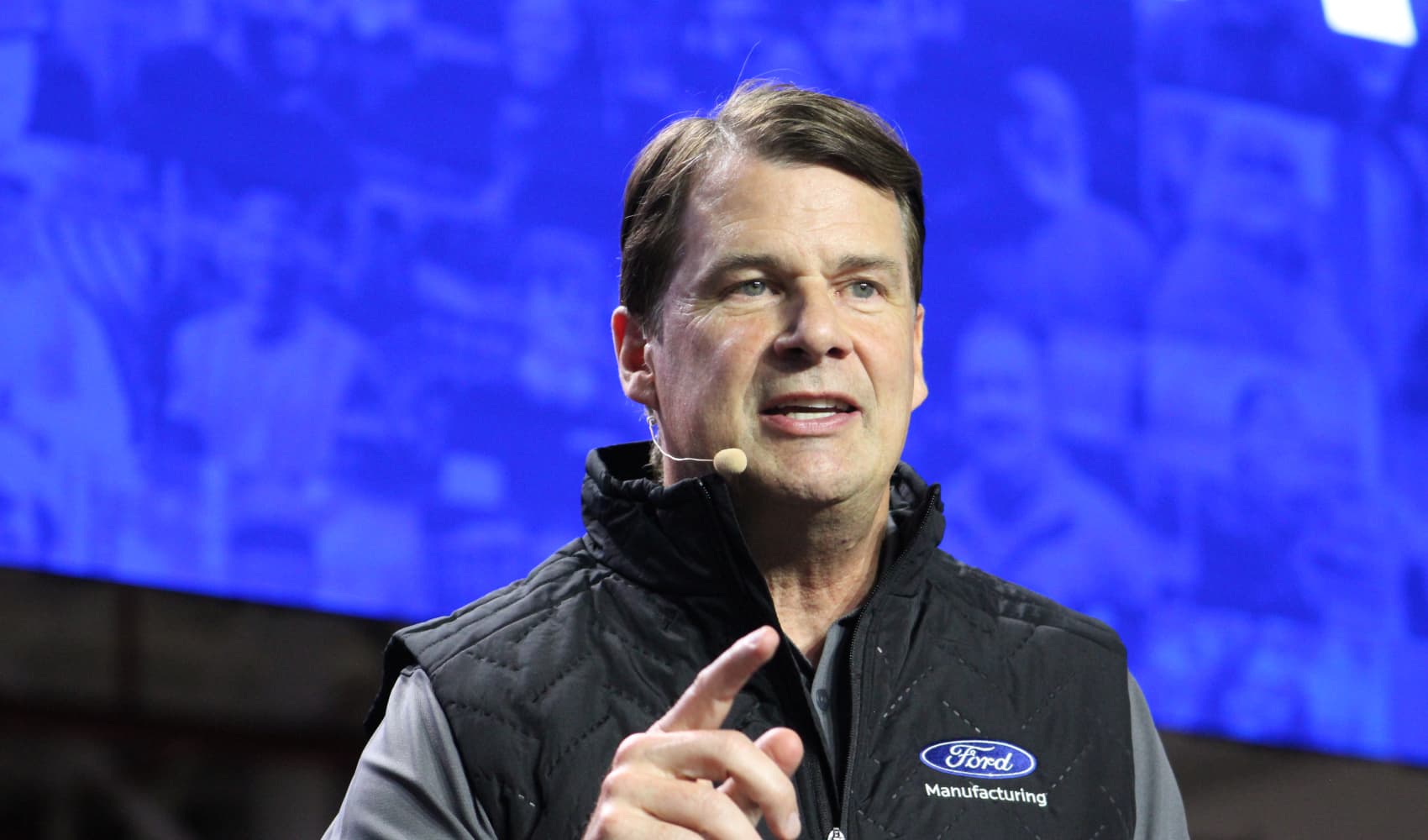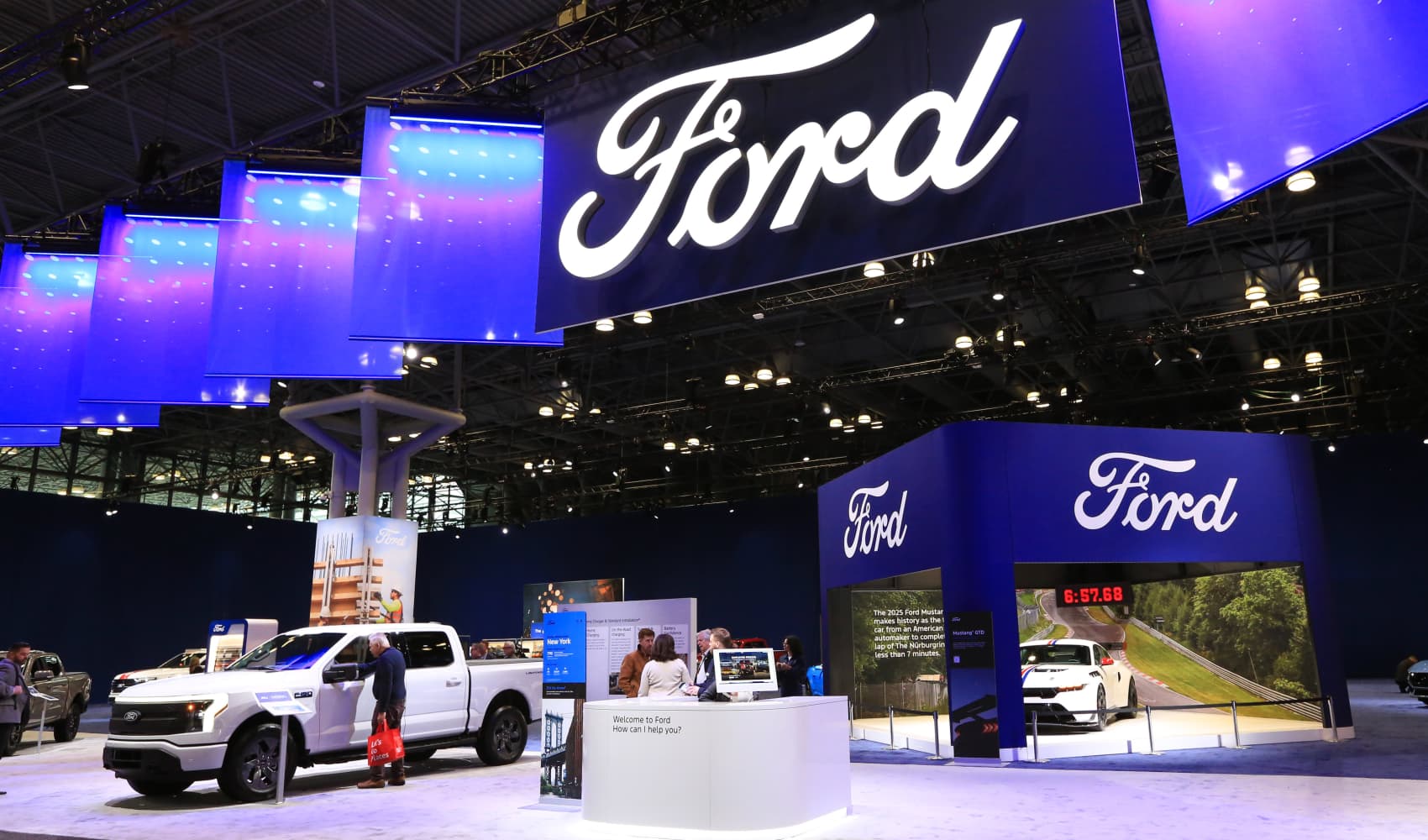Ford's Platinum Pickup Perks: Experience Elevated!
Ford's Platinum Pickup Perks: The Exclusive Experience You Deserve
Introduction: More Than Just a Truck, It's a Lifestyle
Let's face it, buying a high-end pickup truck these days is a significant investment. You're not just buying a vehicle; you're investing in a tool, a statement, and a lifestyle. But what if your truck could offer you even more? Ford understands this desire for enhanced ownership, and they're answering the call with a brand-new, exclusive experience program for their priciest pickups – the "Platinum Plus" models. Think of it as upgrading from a regular airline ticket to a first-class experience. Are you ready to learn more about how Ford is rewarding its most loyal and discerning truck owners?
What is the Ford Platinum Plus Program?
The Ford Platinum Plus program is a curated ownership experience designed to elevate the entire journey of owning one of Ford's most luxurious and capable pickups. Forget just driving off the lot and waving goodbye; this program is designed to keep the relationship alive and thriving throughout your ownership. It's more than just a warranty; it's a commitment from Ford to provide exceptional service and exclusive benefits.
H3 The Target Audience: Who Gets the Platinum Plus Treatment?
This isn't for just any Ford truck owner. The Platinum Plus program is specifically tailored for those who purchase Ford's highest-tier pickup models – those pushing the boundaries of luxury and capability. Think of it as a rewards program for those who demand the best and are willing to invest in it. These are the discerning customers who appreciate premium features, top-notch performance, and a little bit of pampering along the way.
What's Included in the Exclusive Package?
So, what exactly does this exclusive experience entail? Let's dive into the details and see what kind of perks await Platinum Plus owners. This isn't your average free coffee and a car wash; this is a comprehensive package designed to make your life easier and more enjoyable.
H3 Personal Concierge Service: Your Dedicated Helper
Imagine having a dedicated point of contact within Ford, ready to assist you with any questions or concerns you might have. That's precisely what the personal concierge service offers. From scheduling maintenance appointments to answering technical questions about your truck's features, your concierge is there to provide personalized support. It's like having a VIP hotline straight to Ford headquarters.
H3 Virtual Tutorial Tours: Mastering Your Truck's Features
Modern pickup trucks are packed with technology, and understanding all those features can sometimes feel overwhelming. That's where the virtual tutorial tours come in. These guided sessions provide a detailed walkthrough of your truck's various systems, helping you to unlock its full potential. No more fumbling through the owner's manual; learn directly from the experts!
H3 Exclusive Gifts: A Little Something Extra
Who doesn't love a surprise gift? Platinum Plus members can expect to receive exclusive gifts throughout their ownership, adding a touch of delight to the experience. These gifts might range from branded merchandise to useful accessories for your truck, showing Ford's appreciation for your loyalty.
H3 Accessory Discounts: Customize Your Ride
Want to personalize your truck and make it truly your own? Platinum Plus members receive exclusive discounts on Ford accessories, allowing you to customize your ride without breaking the bank. Whether you're looking for bed liners, floor mats, or performance upgrades, these discounts can help you create the perfect truck for your needs.
H3 Ford Protect Premium Maintenance Plan: Peace of Mind on the Road
One of the most valuable benefits of the Platinum Plus program is the included Ford Protect Premium Maintenance Plan. This plan covers essential maintenance services for 25,000 miles or two years (whichever comes first), providing peace of mind and helping you to keep your truck running smoothly. Say goodbye to unexpected maintenance costs and hello to worry-free driving!
The Competitive Landscape: How Does Ford Stack Up?
While exclusive ownership programs aren't entirely new to the automotive industry, they've traditionally been reserved for luxury brands like BMW and Mercedes-Benz. Ford is breaking the mold by offering this type of curated experience to mainstream truck buyers. This move could set a new standard for customer service and loyalty programs in the pickup truck segment.
Why is Ford Doing This? The Motivation Behind the Program
What's driving Ford's decision to launch this exclusive program? It's all about customer retention and building brand loyalty. In today's competitive market, simply selling a great truck isn't enough. Automakers need to go above and beyond to create a lasting relationship with their customers. By offering a premium ownership experience, Ford aims to keep Platinum Plus owners coming back for more.
The Impact on the Pickup Truck Market
This move by Ford could have a significant impact on the pickup truck market as a whole. If successful, other automakers may be forced to follow suit and offer similar exclusive programs to their high-end truck buyers. This could lead to a new era of enhanced customer service and ownership experiences in the pickup truck segment.
Is the Platinum Plus Program Worth It? Factors to Consider
So, is the Platinum Plus program worth the extra investment? That depends on your individual needs and priorities. If you value personalized service, exclusive perks, and peace of mind, then the program could be a great fit for you. Consider the cost of the program relative to the benefits it provides, and weigh it against your budget and expectations. Ultimately, the decision is a personal one.
Beyond the Perks: The Emotional Connection
While the tangible benefits of the Platinum Plus program are certainly appealing, the emotional connection it fosters with Ford is perhaps even more valuable. By providing a personalized and attentive experience, Ford is demonstrating that they truly care about their customers and their satisfaction. This can lead to increased brand loyalty and advocacy, turning customers into lifelong fans.
The Future of Truck Ownership: What's Next?
The launch of the Ford Platinum Plus program signals a shift in the way automakers are approaching truck ownership. We can expect to see more personalized experiences, advanced technology integration, and innovative services designed to enhance the overall ownership journey. The future of truck ownership is all about creating a seamless and rewarding experience for the driver.
How to Qualify for the Platinum Plus Program
Want to experience the Platinum Plus difference? The first step is to purchase a qualifying Ford pickup truck – specifically, one of the high-end "Platinum Plus" models. Contact your local Ford dealer for more information on eligible models and program details. They can provide you with a comprehensive overview of the program's benefits and help you determine if it's the right fit for your needs.
Testimonials and Reviews: What are Platinum Plus Owners Saying?
While the program is relatively new, early adopters are already sharing their experiences. Many Platinum Plus owners are praising the personalized service, the convenience of the maintenance plan, and the overall feeling of being valued as a customer. As the program matures, we can expect to see even more testimonials and reviews from satisfied owners.
Ford's Commitment to Customer Satisfaction
The Platinum Plus program is a testament to Ford's commitment to customer satisfaction. By investing in this type of exclusive experience, Ford is demonstrating that they're not just interested in selling trucks; they're interested in building lasting relationships with their customers. This commitment to excellence is what sets Ford apart from the competition.
Conclusion: Elevating the Pickup Truck Experience
The Ford Platinum Plus program is more than just a collection of perks and discounts; it's a comprehensive approach to enhancing the entire pickup truck ownership experience. From the personalized concierge service to the valuable maintenance plan, this program is designed to make life easier and more enjoyable for Ford's most discerning customers. By breaking the mold and offering this type of exclusive experience to mainstream truck buyers, Ford is setting a new standard for customer service and loyalty in the automotive industry.
Frequently Asked Questions (FAQs)
- Q: Which Ford trucks are eligible for the Platinum Plus program?
- A: The Platinum Plus program is specifically designed for Ford's highest-end pickup models. Contact your local Ford dealer for details on eligible models.
- Q: How long does the Ford Protect Premium Maintenance Plan last?
- A: The Ford Protect Premium Maintenance Plan covers essential maintenance services for 25,000 miles or two years, whichever comes first.
- Q: Can I transfer my Platinum Plus benefits to a new owner if I sell my truck?
- A: The transferability of Platinum Plus benefits may vary. Check the program terms and conditions or contact your Ford concierge for specific details.
- Q: How do I contact my personal concierge?
- A: Your personal concierge will provide you with their contact information upon enrollment in the Platinum Plus program. This may include a dedicated phone number or email address.
- Q: What types of accessories are eligible for discounts under the Platinum Plus program?
- A: The accessory discounts typically apply to a wide range of Ford accessories, including bed liners, floor mats, performance upgrades, and more. Check with your dealer for a list of eligible accessories.




